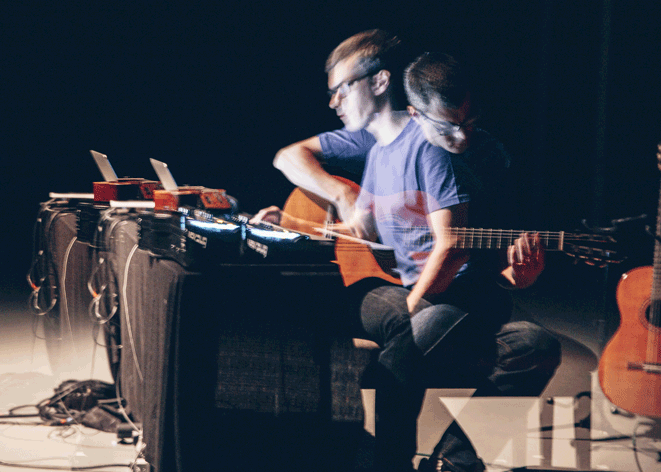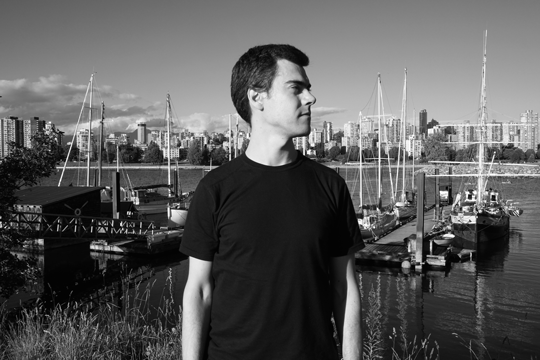
Originally from Sao Paulo, Brazil, Alexandre Klinke is a multimedia artist currently based in Vancouver, British Columbia. With roots as a Jazz guitarist, Alexandre has developed an experimental practice of designing and composing sound. Through exploring the possibilities of how sounds derived from instruments, electronics, and archival media can connect, Alexandre creates sensory artworks and experiences. More recently, his practice has considered the perceptual relationship between sound and image. By sourcing visual and audio materials from family archives, he has created sensual, experiential, and memory-inducing films and installations such as his multi-channel film installation Playback Head. The Arts Help Journalist Mallory Gemmel interviewed Klinke to discuss his use of personal media as a tool to create emotional experiences for his diverse audiences.
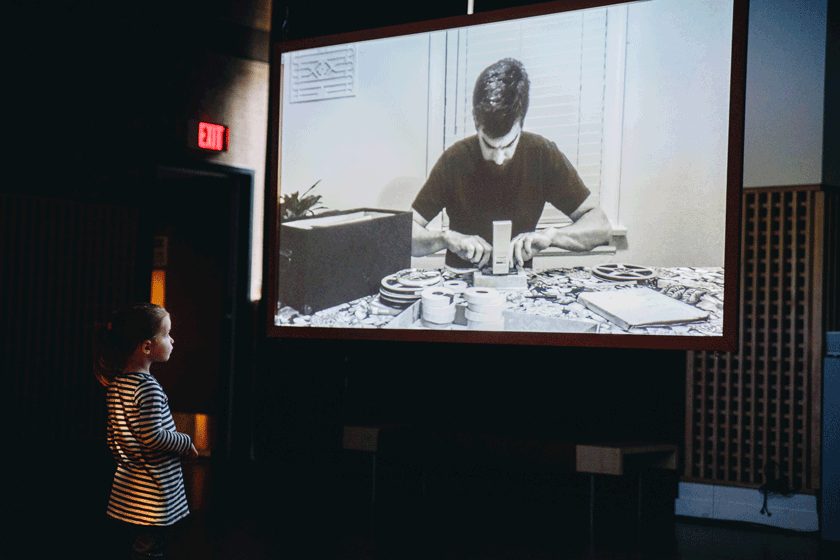
MG: What draws you to using material from family archives as the base of your work?
AK: There are several reasons that I’m personally drawn to archival material, but since I moved to Canada in 2008, being an immigrant accentuated my interest in digging into the past and trying to understand better the place I come from. I am fortunate that my father was engaged in filming, videotaping, and recording sounds for many years, which created a rich personal archive of my family and a historical document of Brazil from the early 70s to the early 90s. Perhaps because of my father’s influence, I’ve been making videos and field recordings of my own for many years. Having all this material at my disposal, it feels natural to use it in my audiovisual work.
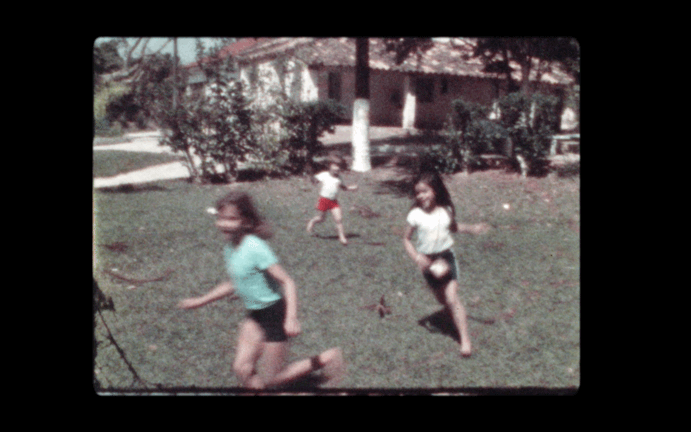
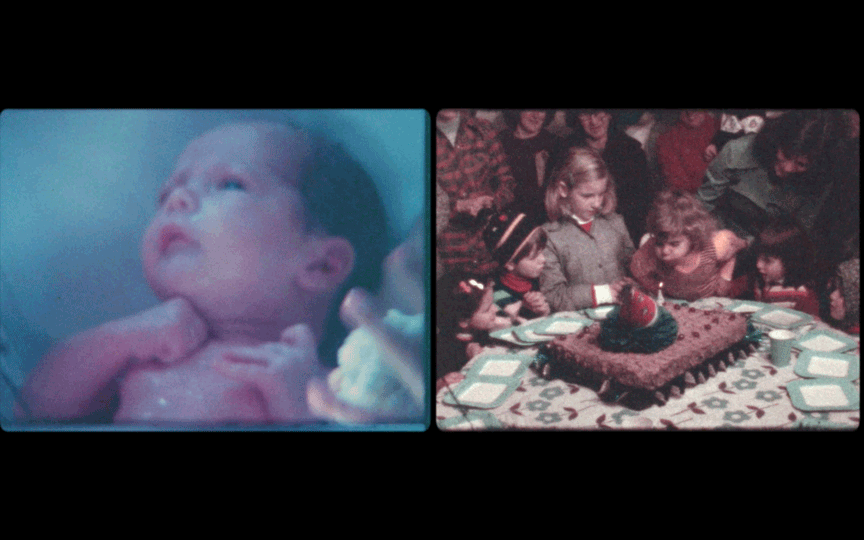
MG: Do you feel wary of implementing personal media into a work? Are you ever concerned about using family videos and photographs, or even loved ones, as subjects?
AK: I’m definitely wary of that. These home movies and sound recordings were never intended for a public presentation, and I don’t feel very comfortable about exposing my family’s private life too much. My idea when using this material is to create an impression of a certain time, of a particular feeling I have towards certain events. I aim to create audiovisual pieces that resemble the way one remembers things, where details are missing, and things are abstract and vague, so I try not to portray faces of people too clearly, as one can rarely remember faces very well. So is a balance of how much I want to show, to convey what I’m trying to express, without hiding too much, because if I remove too many personal elements of these images and sounds, the end result can become lifeless and without emotion.
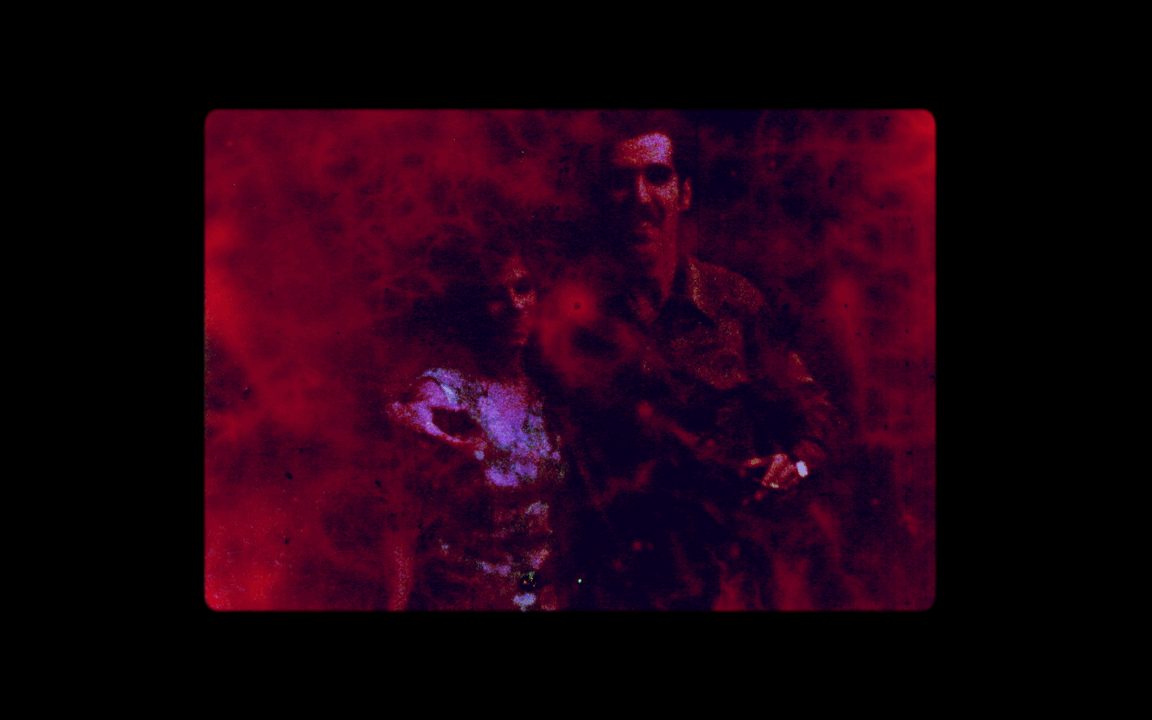
MG: Your works build an emotional connection with their audience despite being so personal to you. How do you approach your process to achieve this connection?
AK: I really don’t think much about that. For me, watching old home movies of my family is very stimulating, and it propels me to create these audiovisual pieces. I don’t have a particularly interesting story behind these images and sounds. I think that the problem lies in how to present them as works of art. By themselves, family videos and photographs are definitely mundane for most people. There is also the fact that there are tons of artists doing the same thing, I mean using personal material as the basis of their work, which can be seen as some sort of cliché. Not to mention that we live in a time where we are constantly bombarded with personal images from others on social media. So, what makes them interesting? I really don’t know. But I think that if an artist has a strong emotional connection to any image or sound or event, there’s potential for a good piece to be created. I think artists always thrive for something universal. In my case, by showing this material through a very subjective lens, where I try to convey the texture and feeling of being in a particular place and time, I hope that people can relate to that sentiment.
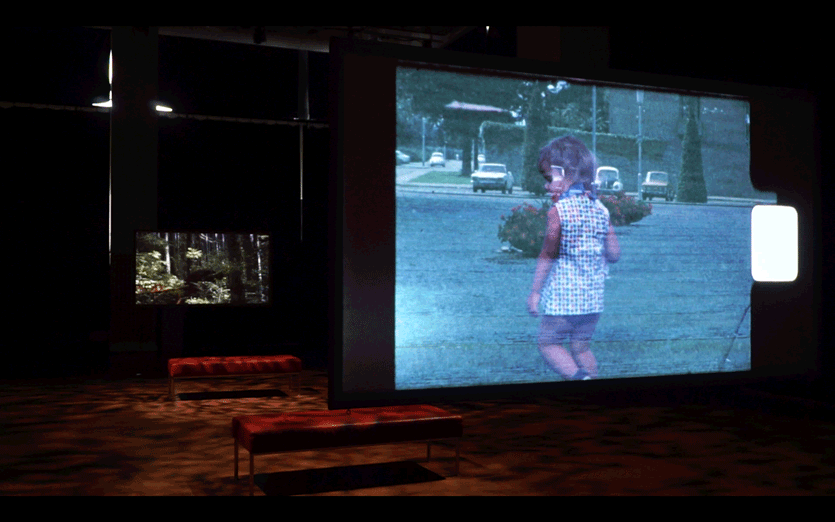
MG: Your works can bring viewers into an experience of the memory of a place or time that they have not lived or experienced. Is this something you aim to achieve with your work?
AK: Absolutely. We all have our particular memories, which can be triggered by books, films, music. By presenting my own memories in audiovisual form, I seek to engage with the audience by way of tapping into their own recollections and impressions. Not in a manipulative way as it is often done in certain movies, where different elements such as music, light and editing all work together to trigger a very specific emotional reaction from the audience. I think that home movies inevitably carry this feeling of nostalgia that people can easily relate to, which as I mentioned before becomes something universal out of a very particular subject matter.
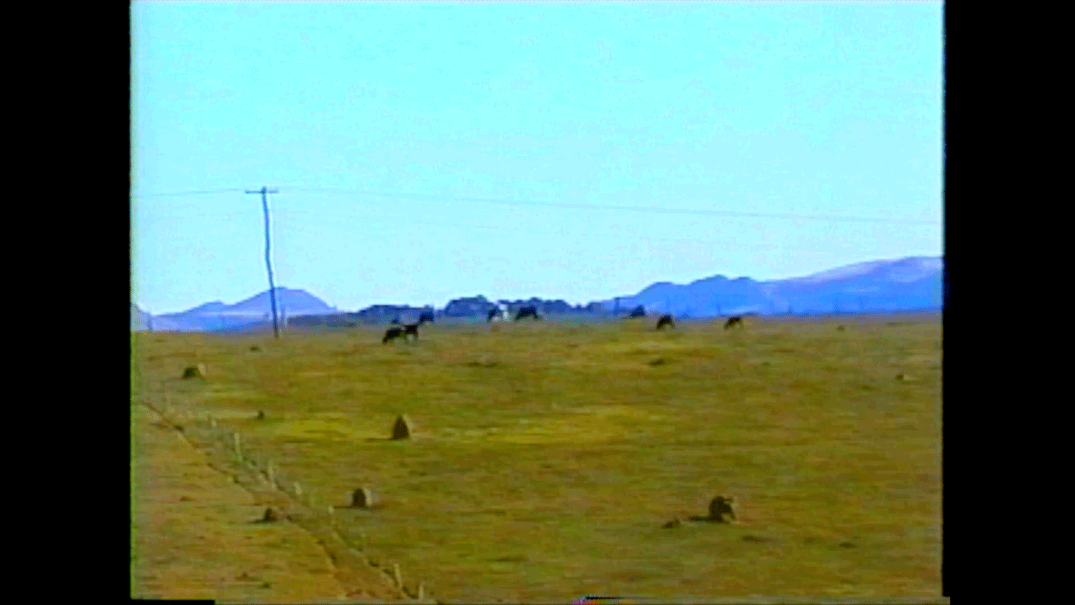
MG: I’ve heard you describe your works as sound videos. Can you explain why
AK: Being primarily a composer, when making a video piece I start with the sound most of the time. Sounds have a much more open and abstract quality than images. By starting with them, the images are bound to follow that initial sentiment, that openness. Working as a film composer and sound designer for other people’s projects, usually sounds are incorporated later in the process, and the visuals dictate what they need to be, which is usually something very specific. Even in my video work if I start a piece with editing the images first, the tendency is to follow what is being told by them, and cover them with a sort of soundtrack, something that supports them. That is generally speaking of course. But I find that by putting images later in the game, after the sound, there is much more flexibility in terms of what a piece can become. Eventually the images start affecting the sound and music in a way that I need to change them considerably, but it is precisely this balanced synergy between image and sound that I seek in my work.
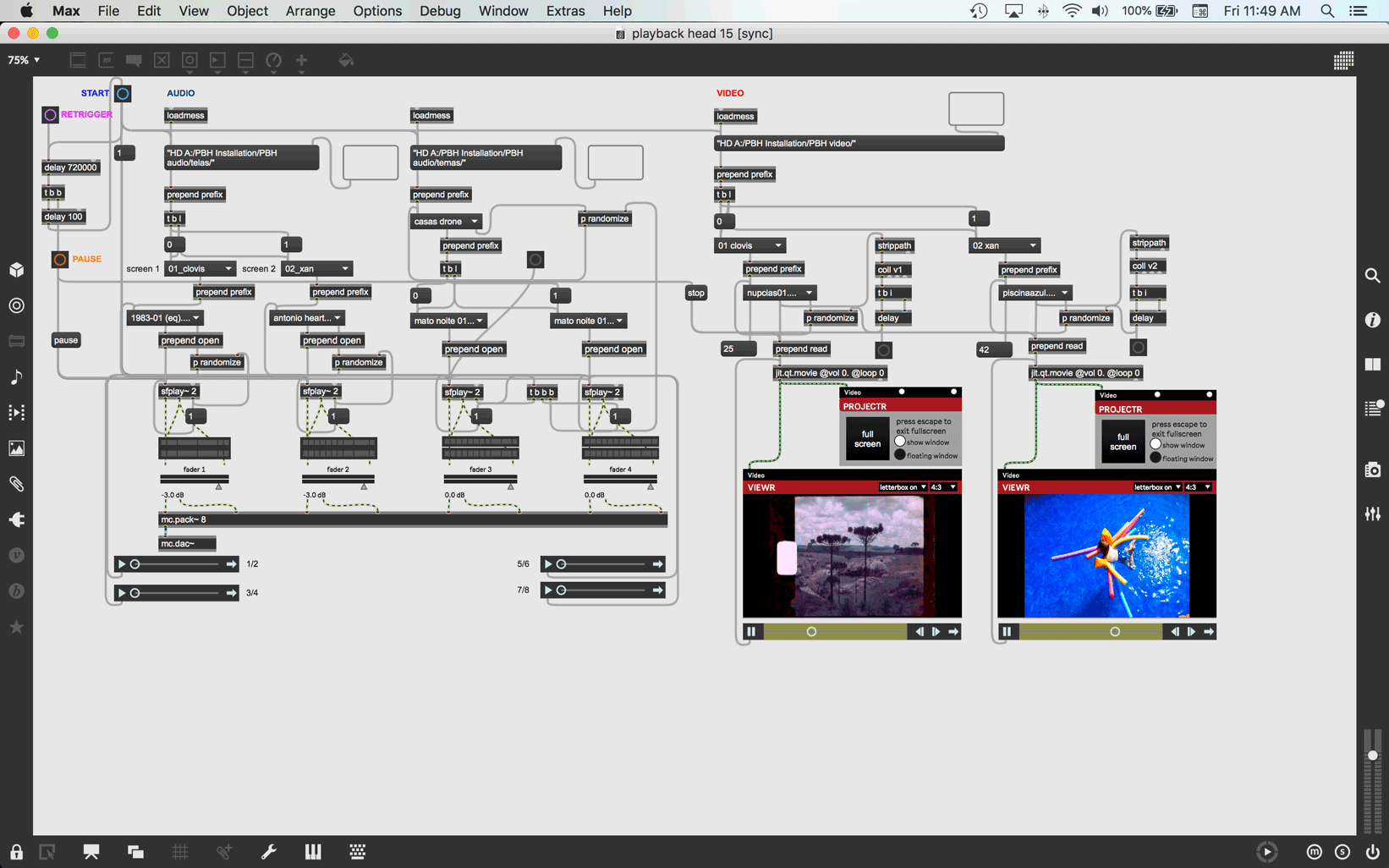
For more information about Alexandre and his work, visit his website here. His newest work, In Between, is on view with Mount Pleasant Community Art Screen in Vancouver, BC until March 21, 2021. Playback Head: Part 1 has been selected for the upcoming film festival Fisura, Experimental Cinema & Video International Film Festival (Mexico City).
